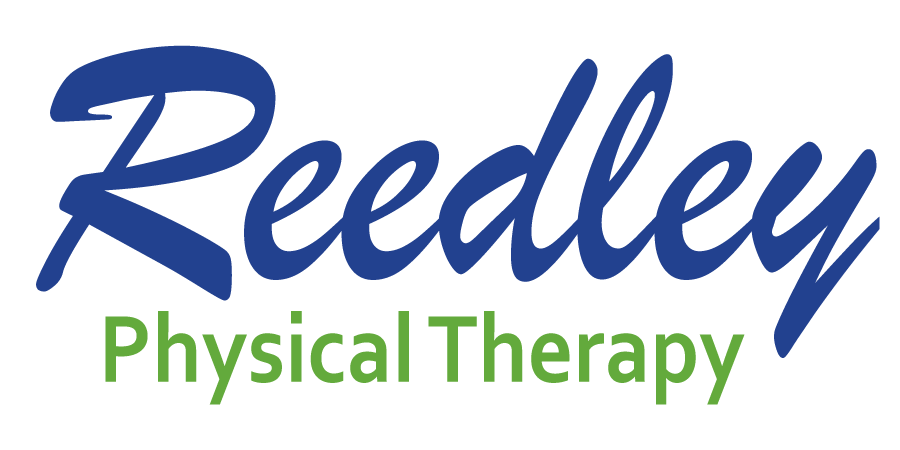Movement is Medicine: Perfecting the Push-Up
The basic ‘push-up’ is one of the best and most effective exercises you can do. It is a full body movement that incorporates multiple joints and muscle groups that can be done anytime, anywhere, and without any equipment. Unfortunately, it is also one of the exercises most commonly done incorrectly, and like any exercise, when done improperly, it can cause injury and end up doing more damage than good. Today we will discuss how to correctly execute an effective push-up and push-up progression.
Proper push-up technique:
- Lay flat on the floor with your toes pulled up, your hands under your shoulders and your head and neck in a neutral position (looking straight down).
- Together, you tighten your quads, gluts, and trunk as you extend your arms straight – pushing up from the ground.
- At the top of push-up position, pause, then slowly lower yourself back to the ground hugging your elbows towards your sides and keeping everything else tight so that your head, hips, and legs stay in one straight line.
If you’ve every tried this, you’ll quickly notice that it is a lot harder than it sounds. Struggling with an exercise until you can execute it properly can be good, but if you are too far off, it can also be dangerous. If done incorrectly, this movement can lead to back pain, neck pain, and most likely shoulder pain. In fact, anytime we apply more stress through a joint or body part than it can tolerate, it may lead to joint/tissue inflammation or even tearing.
So how can one gain the benefits of push-ups, but not risk injury, if they are not yet strong enough the execute the ‘perfect push-up’ from the floor?
The answer is an EXERCISE PROGRESSION. Exercise progressions are modification techniques that fitness professionals use to make appropriate adjustments to a specific movement or exercise that help bridge the gap between movements that someone can tolerate and the desired end result.
A good exercise progression attempts to preserve as many of the characteristics of the original exercise as possible, but reduce the overall effort required to execute the movement correctly. Therefore making the modification of doing a push-up off your knees, is not necessarily the best option. This modification fundamentally changes the mechanics of the movement in ways that may delay a successful transition to regular push-ups.
Instead, try this push-up progression; start leaning into a wall with the same position and mechanics described earlier. If you can easily complete 10-15 reps in a near vertical position while holding good form, then find something chest height to lean against instead of the wall – a counter top or chair back. Use the same body mechanics and posture, and again, when you get to the point that you can complete 15 reps, find something lower, and lower, until you’ve transitioned all the way down to the floor. This won’t happen fast, but should be pain free and will allow for the fastest – and safest – transition into doing one of the best all around body weight exercises ever invented!
Learn more about movement, fitness and health in this space each week or by visiting www.alliancehealthfresno.com, or calling 478-5833. Dr. Maria Fermoile is a doctor of physical therapy at Alliance Health in Fresno. She will be happy to answer questions submitted to maria@reedleyphysicaltherapy.com.


